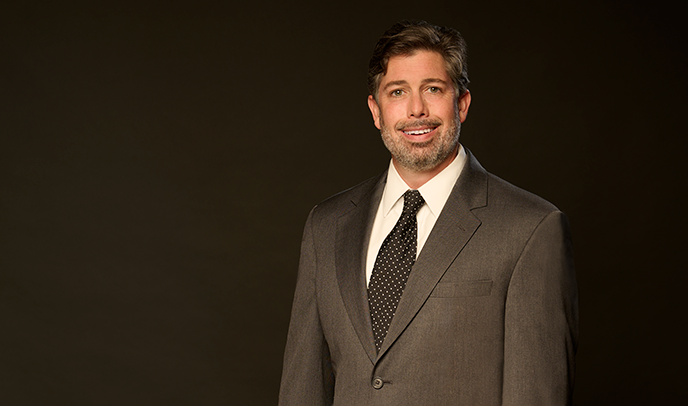Chancery Denies Former Derivative Plaintiff Standing to Challenge Merger That Extinguished Derivative Claims
Morris v. Spectra Energy P’tners (DE) GP, LP, C.A. No. 2019-0097-SG (Del. Ch. Sept. 30, 2019).
When a stockholder derivative claim is extinguished in a merger, the former derivative plaintiff may have standing to contest the merger directly on the ground that the entity’s fiduciaries permitted a material litigation asset to be extinguished in the merger process without value to the stockholders. In the well-known precedent In re Primedia Stockholders Litigation, 67 A. 3d 455 (Del. Ch. 2013), the Court of Chancery established a three part standing test: 1) Was the underlying claim viable? 2) Was its value material in light of the merger consideration? 3) Did the company fail to receive value for the claim in the merger because the buyer would not be willing to pursue it? Applying this test, here the Court ruled that the former unitholder and derivative plaintiff lacked standing to attack the merger and dismissed the claim.
The unitholder had initially brought a derivative claim on behalf of the Spectra Energy Partners, a master limited partnership attacking a “reverse drop down” transaction. The unitholder alleged that the controller of the limited partnership underpaid for the limited partnership’s pipeline interests by more than $500 million in a transaction that should have been valued at $1.5 billion. The Court had permitted the derivative claim to survive a motion to dismiss because it plead facts making it reasonably conceivable to infer the general partner’s bad faith in approving a transaction with such a valuation gap. The case was pending when a subsequent roll-up merger transaction eliminated the public unitholders’ interest in the limited partnership.
Addressing the standing challenge to the plaintiff’s post-merger claim, the Court found that the first and third parts of the Primedia standing test were met. Having survived an earlier motion to dismiss, the derivative claim was “viable”. The Court said it need not assess the strength of the claim to determine if the first prong of the standing test is met. Likewise the third part of the test was met because the public unitholders admittedly received no value for the claim.
The Court ruled, however, that the second prong of the test was not met because the value of the derivative claim was not material in the context of a roll-up merger valued at $3.3 billion. While assuming that the face value of the derivative claim with prejudgment interest was over $661 million, the court first noted that the public unitholders only represented a 17% interest in the limited partnership. The Court accordingly said the maximum value of the derivative claim to the public unitholders was $117 million (17% of $661 million = $117 million). The Court then considered the significant hurdles to prevailing on the claim, which included certain “safe harbor” provisions for conflict transactions in the governing partnership agreement. The Court found that “the chance of success … was slim, and certainly less than one-in-four.” After applying a generous 25% probability of success, this yielded a potential lost claim value of approximately $28 million (25% x $117 million = $28 million). The Court said that amount, less than 1% of the total merger value, was not material in the context of the merger. Failing the materiality test, the Court dismissed the plaintiff’s claim for lack of standing.
Share



